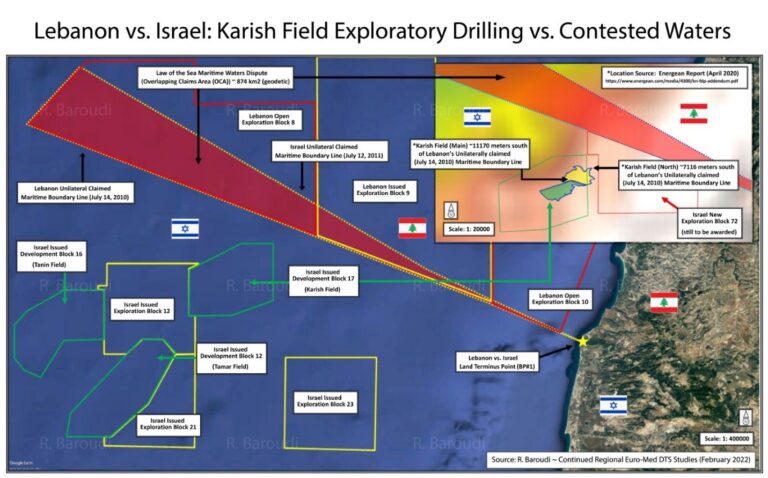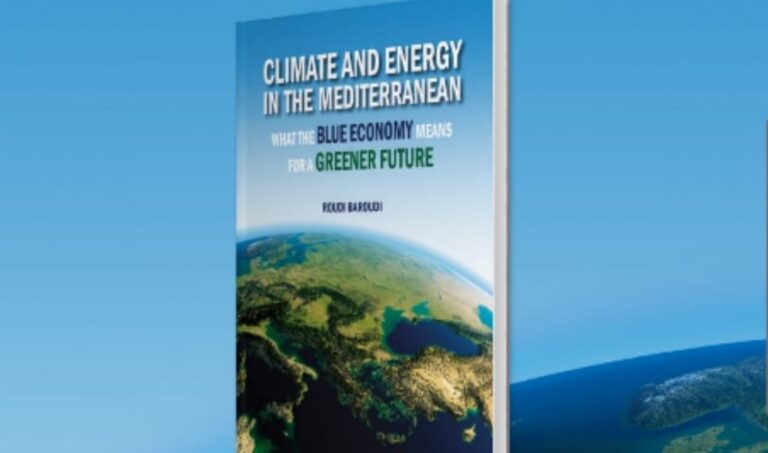الخبير في مجال الطاقة رودري بارودي: دول شرق البحر المتوسط يجب أن تتعاون بمجال الطاقة

أشار أحد اهم الخبراء في مجال الطاقة رودي بارودي، في مؤتمر انعقد في أثينا، إلى أن “دول شرق البحر الأبيض المتوسط يجب أن تتعاون مع بعضها لزيادة إنتاج وتصدير الطاقة والتخفيف من التوترات الإقليمية”.
وقال بارودي امام المشاركين في المؤتمر: “يجب ان نضع في الاعتبار الاحتمالات الايجابية إذا أصبحت اليونان وتركيا وقبرص شركاء بحكم الواقع أو بحكم القانون في خط أنابيب ينقل غاز شرق المتوسط إلى المستهلكين في بلغاريا ورومانيا وإيطاليا، وان نتخيل مستقبلًا تعتمد فيه شركات الغاز الإسرائيلية واللبنانية ولكن بشكل مستقل على نفس مصنع الغاز الطبيعي المسال في قبرص”.
وأضاف بارودي “لنتصور اهمية وايجابية سيناريوهات التعاون الثنائي بين اليونان وتركيا من جهة وسوريا وتركيا من جهة ثانية إضافة إلى الترابط الإقليمي الذي سيوفر طاقة احتياطية لدول ساحلية متعددة”، لافتا إلى أنه “بدلاً من قبول أفكار معينة على أنها مستحيلة بشكل دائم، يجب أن نفكر في المستقبل ونضع الأساس لاعمال ايجابية مشتركة على ان تكون نقطة البداية الجيدة مماثلة لاتفاقية الحدود البحرية بين لبنان وإسرائيل في عام 2022”.
وشدد بارودي أمام حشد من المتخصصين في مجال الطاقة ومسؤولين حكوميين على أن “استخدام الحوار والدبلوماسية لتوسيع التعاون في مجال الطاقة لن يفيد فقط دول شرق البحر المتوسط ولكن أيضًا جميع دول الاتحاد الأوروبي والكثير من” الجوار “المحيط به وان هذا الاستحقاق المهم يستحق أكثر من اهتمام بروكسل، لا بل يستحق تخصيص موارد الدعم،وتعيين موفد مكلف بتسهيل الاتصالات والمفاوضات اللازمة”.
وختم بارودي بالقول: “هذه هي الطريقة الفضلى التي نحتاجها للتفكير إذا أردنا الوصول إلى حيث يجب ان نكون بدلاً من السماح لأنفسنا بالإحباط بسبب وجود عقبات،فنحن نحتاج إلى التفتيش عن طرق جديدة وحديثة تلتف على الافكار والمواقف القديمة، وتعزيز سيادة القانون وخاصة قانون حقوق الإنسان كأساس للنظام الدولي، وتعزيز السلام الدائم بين جميع الدول،عندها فقط يمكننا إعلان النصر على ما أسماه الشاعر الاسكتلندي روبرت بيرنز في القرن الثامن عشر: وحشية الإنسان للإنسان”.









